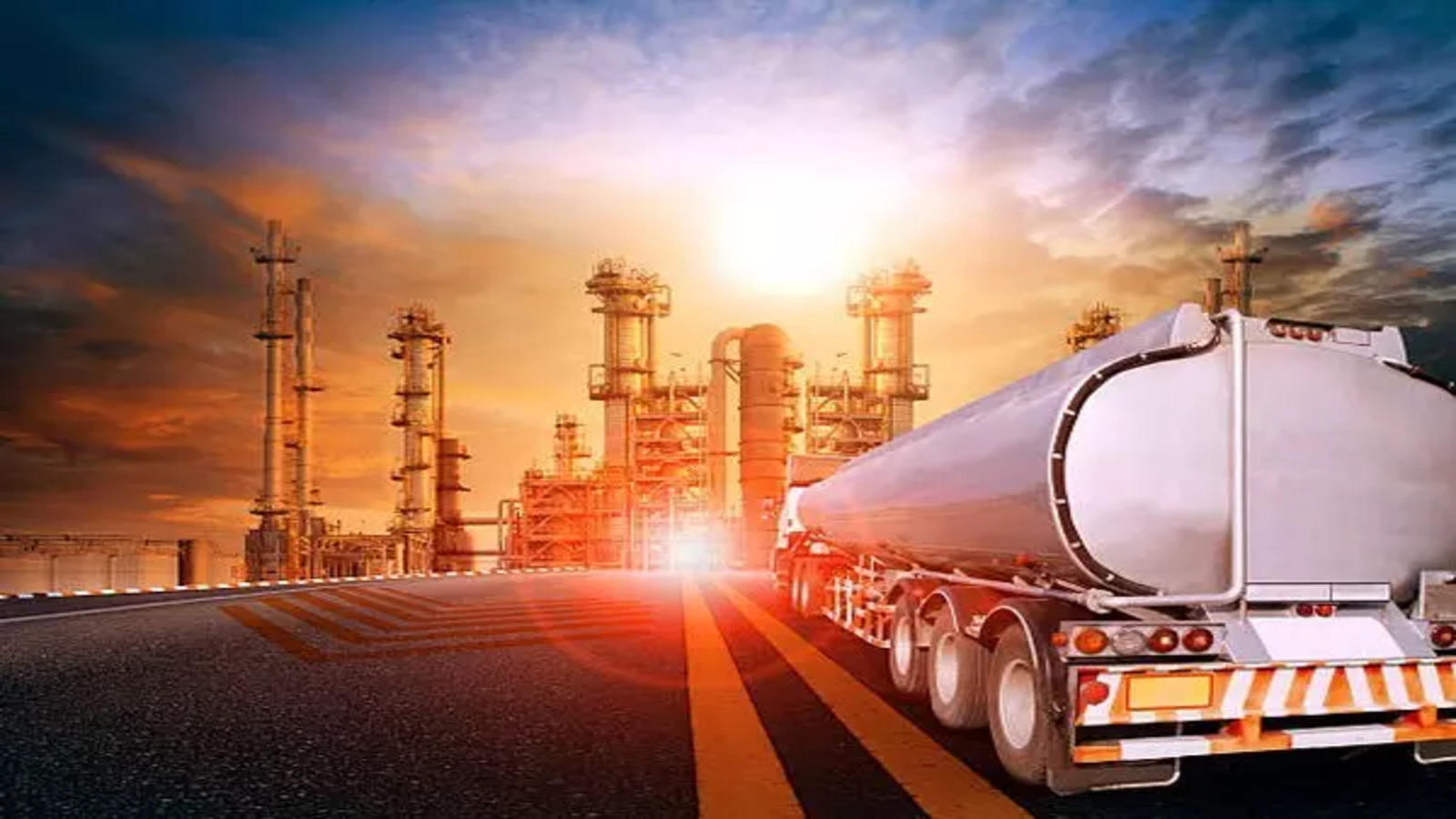
In the booming oil and gas sector, there are three main parts: upstream, midstream, and downstream. Among them, the downstream sector, responsible for refining raw oil and natural gas, is key. The products from this area are then transported to consumers for use. The **UAE** (United Arab Emirates) is a powerhouse in this industry and has worked diligently to enhance its capacity in the downstream sector. With a global reach, this article discusses the downstream oil and gas sector in the UAE with the latest trends, advancements, and possibilities.
The downstream oil and gas area covers refining crude oil and processing natural gas, then distributing refined items such as gasoline, diesel, jet fuel, and more. The UAE, thanks to its large reserves of crude oil and natural gas and strategic geographical location, is well-placed to manage these operations. ## The UAE’s Place in Global Oil and Gas Trade The UAE holds a substantial stake in the global energy industry, with 97.8 billion barrels of proven oil reserves as of 2024, says OPEC. It possesses the seventh-largest crude oil reserve globally. Alongside monumental oil resources, the nation is a significant natural gas producer. While oil production and export from the UAE are substantial, developing the downstream sector and adding more value through refinement and processing are increasingly seen as important.
The UAE stands as a top-tier oil producer worldwide, holding a staggering 97.8 billion barrels of confirmed oil reserves as of 2024, per OPEC data. It also ranks seventh globally for crude oil reserves; unsurprisingly, Abu Dhabi provides a substantial portion. But the UAE’s energy influence doesn’t stop at oil – it also produces a lot of natural gas, enhancing its role in the world’s energy circle. Historically, the UAE’s energy sector has been about oil production and exporting. But a new trend is emerging. There’s now a strong push to grow and modernize their downstream operations. The goal? To diversify their economy, lessen reliance on crude oil exports, and generate added value through refining and processing oil and gas commodities.
The UAE has made significant enhancements to its downstream resources recently, pushing itself in becoming a refining and petrochemical hub in the Middle East. Some developments include:
ADNOC usually spearheads the UAE’s downstream advancements. It planned in 2024 to increase its capacity by over 65% by 2030. This change would meet the growing demand for such products both domestically and abroad.
An important part of the downstream sector, petrochemicals are often used in plastics and other products. The successful expansion of the Borouge complex made ADNOC and Borealis global leading suppliers.
The UAE has started to invest in cleaner energy options and sustainability while maintaining its important role in oil and gas. This includes reducing carbon emission and research into renewable energy usage.
There is an increasing need for diversification of markets and trade routes in the industry. The development of new infrastructure, such as the Fujairah Oil Terminal, allows the UAE to ship directly to international markets.
Several factors are driving the development of the UAE’s downstream oil and gas sector, including:
Investing in refining and petrochemical facilities is part of the UAE’s strategy for economic diversification.
As demand for gasoline, diesel, and petrochemicals grows globally, especially in emerging markets, the UAE is well-positioned to meet this demand.
The downstream sector is being transformed by new technology. Incorporating automation, artificial intelligence (AI), and data analytics can enhance operations and drive down costs.
The UAE is working to reduce the carbon footprint of its operations. It’s actively seeking greener technology innovations.
With continued growth, both local and international investors can navigate a variety of investment opportunities in the UAE downstream oil and gas sector, including:
With refining capacity expansions underway, investors can contribute to new refineries and upgrade existing ones.
The growing petrochemical industry in the UAE offers significant potential for investors.
The country’s commitment to reducing emissions and incorporating clean energy into its downstream operations provides an opportunity for investors interested in environmental sustainability.
The digitalization of downstream operations provides potential for technological companies and investors interested in automation, AI, and data analytics.
There are a few challenges that need to be addressed, too:
Linked with global oil prices, sudden changes can decrease profitability in the sector.
As the world transitions to cleaner energy sources, demand for refined products could decline. The UAE needs to balance its projects carefully to stay competitive.
The UAE faces stiff competition from other refining and petrochemical hubs like Saudi Arabia and Kuwait and must keep investing to stay competitive.
The downstream oil and gas sector in the UAE is changing, powered by a desire for economic diversification, technology, and sustainability. The UAE is maneuvering to meet the rising demand for refined products and petrochemicals while reducing its dependency on crude oil exports. However, there are challenges like fluctuating oil prices and the global energy transition. Through strategic investments, the UAE is making its downstream sector competitive and prepared for the future. The GET Global Group is a major player in this industry. The group offers innovative solutions, advisory services, and strategic partnerships that enable companies to optimize their processes, improve efficiency, and embrace sustainability. To learn more about how The GET Global Group can help you in the downstream oil and gas industry, kindly visit our website.
Also Read: Understanding the Difference: Upstream vs. Downstream Oil and Gas Operations